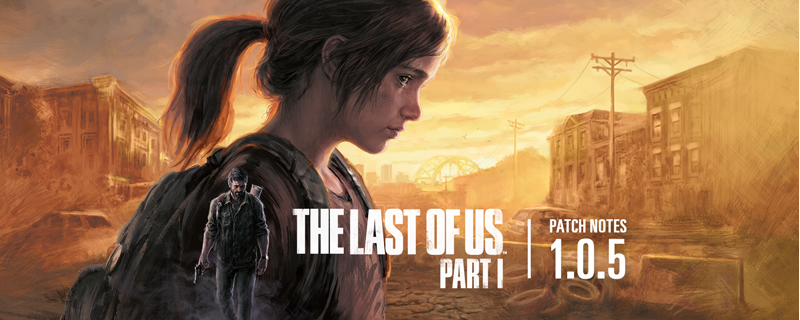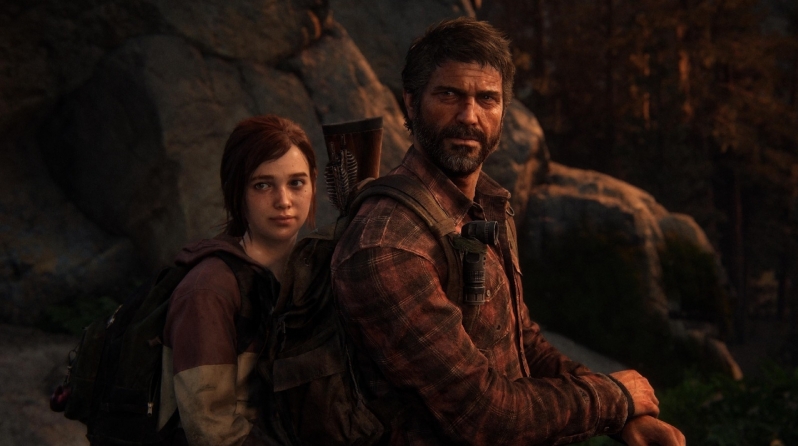The Last of Us Part 1’s latest update delivers major optimisations and reduced shader build times
Expect lower shader build times and boosted overall game performance with The Last of Us Part 1’s patch 1.0.5
Naughty Dog and Iron Galaxy have released a new PC update for The Last of Us Part 1, reducing the game’s shader compilation times while optimising the game to deliver increased performance across the game. Update 1.0.5 adds new settings to the game to help boost game performance on low-end systems, and reduces the VRAM utilisation of the game’s texture settings to allow players to increase the game’s fidelity on many systems.Â
The two headline features of patch 1.0.5 is the promise of reduced shader compilation stutter, and an increase in “global CPU performance”, changes that will allow players to enter the game faster when a shader rebuild is required, and allow the game to run faster in any situation where the game is CPU-limited (which is very frequent).Â
Before today’s update, The Last of Us Part 1 could take 50 minutes to compile its shaders with a Ryzen 5 5600X processor, and with this update shader compilation times should be significantly shorter. We will record how long this takes when we analyse patch 1.0.5 later today.Â
At the bottom of this article we have included patch notes for The Last of Us Part 1’s PC update 1.0.5.
You can join the discussion on The Last of Us Part 1’s PC patch 1.0.5 on the OC3D Forums.
The Last of Us Part I v1.0.5 Patch Notes
A patch for The Last of Us Part I is now live. This update primarily focuses on performance improvements, reduced shader building times, and texture fidelity on Low and Medium presets.
Downloading this patch will trigger a full shader rebuild.
– Reduced shader building times
– Optimized code to improve global CPU performance
– Optimized content to improve performance across several levels
– Improved level loading to help reduce the amount of ‘Please Wait’ and loading screens
– Added a new Effects Density setting, which adjusts the density and number of non-critical visual effects (Options > Graphics)
– Increased crowd sizes on Low and Medium Ambient Character Density settings and added a Very Low option (Options > Graphics)
– Implemented additional scalability tuning for Low and Medium in-game Graphics settings
– Reduced the VRAM impact of texture quality settings, allowing most players to increase their texture quality settings or experience improved performance with their current settings
– Fixed a crash that would occur on boot on Windows 11
– Fixed a crash that could occur on Intel Arc
– Fixed a crash that may occur when starting a New Game in Left Behind prior to the completion of shader building
– Corrected an issue where pointing the camera at the floor while aiming would cause the player and camera to visually stutter
– Fixed an issue where Sniping Sensitivity settings were not applying to all scoped weapons. Additionally, Sniping Sensitivity has been renamed to Scoped Sensitivity (Options > Controls > Mouse Camera Sensitivity)
– Fixed an issue where players could not click on ‘Jump To Unbound’ when prompted in the custom controls settings (Options > Controls > Input > Customize Controls)
– Fixed an issue where changing Graphics settings (Options > Graphics > Graphics Preset) during gameplay wouldn’t restart the player at the correct checkpoint
– Fixed an issue where adjustments to Lens Flare (Options > Graphics > Visual Effects Settings > Lens Flare) were not not applied
– [Pittsburgh] Fixed an issue where players may consistently fall out-of-world when restarting at the checkpoint in the bookstore
– [Left Behind] Fixed an issue where players may get soft locked when jumping into the electrified water
AMD-Specific
– Implemented improvements to load times
– Fixed an issue where shaders may take an abnormally long time to load




